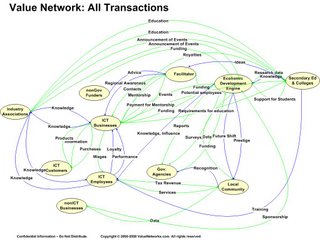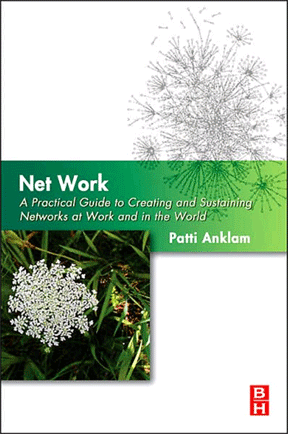The Business of Community Networking
Colleagues Jenny Ambrozek and Victoria Axelrod from the 21st Century Organization have teamed with the World Research Group to design a conference here in Boston, March 24-26: The Business of Community Networking. (You may also want to download the brochure.) This conference is focused on businesses that want to engage customers in interacting, networking, and exchanging knowledge using social media.
The speaker lineup illustrates a commitment to offer best practices — real nitty-gritty how-to information. I’ll be on a couple of panels and also delivering a talk on the process of community networking, with a focus on how the network lens (oops, no pun intended) can alter the perspective of community designers. I’m particularly happy to see Mark Bonchek (who also assisted in the conference design) on the agenda. Mark has been applying network (and net work) principles to his evolving businesses, currently incorporated as Soundbridge.
Early bird pricing is available until January 16th. You can save an additional $300 on the rate by entering the promotional code KKH735 when you register.




